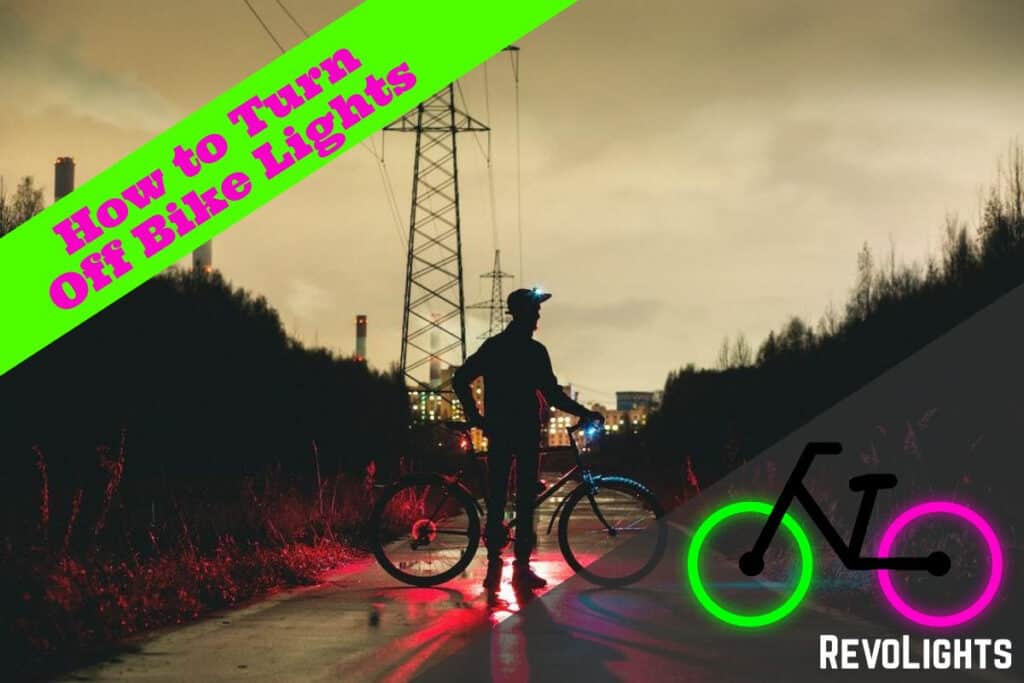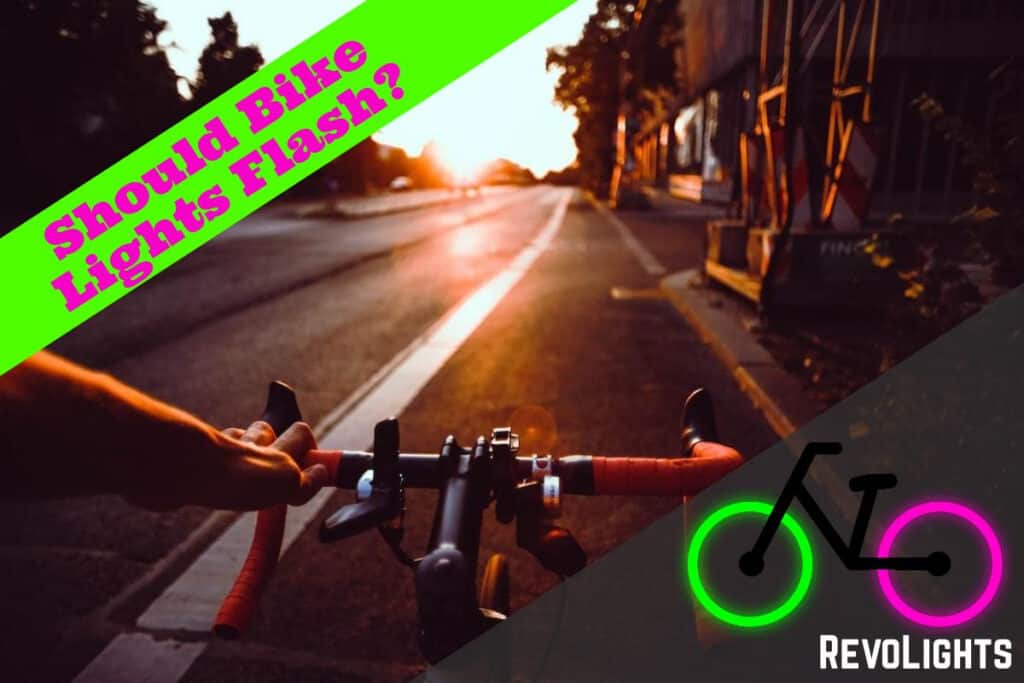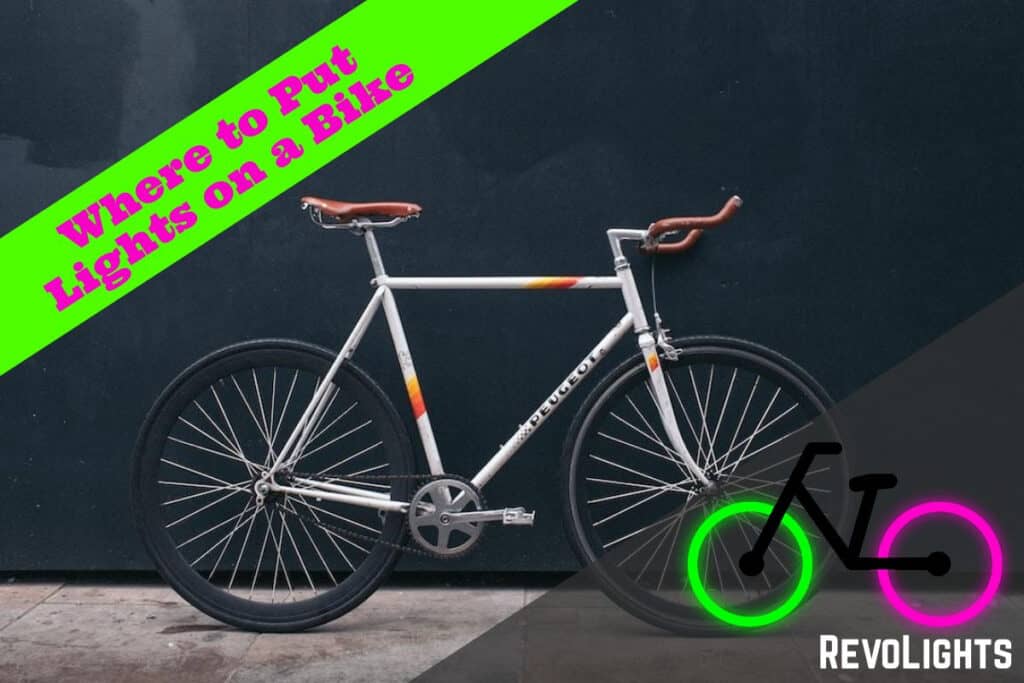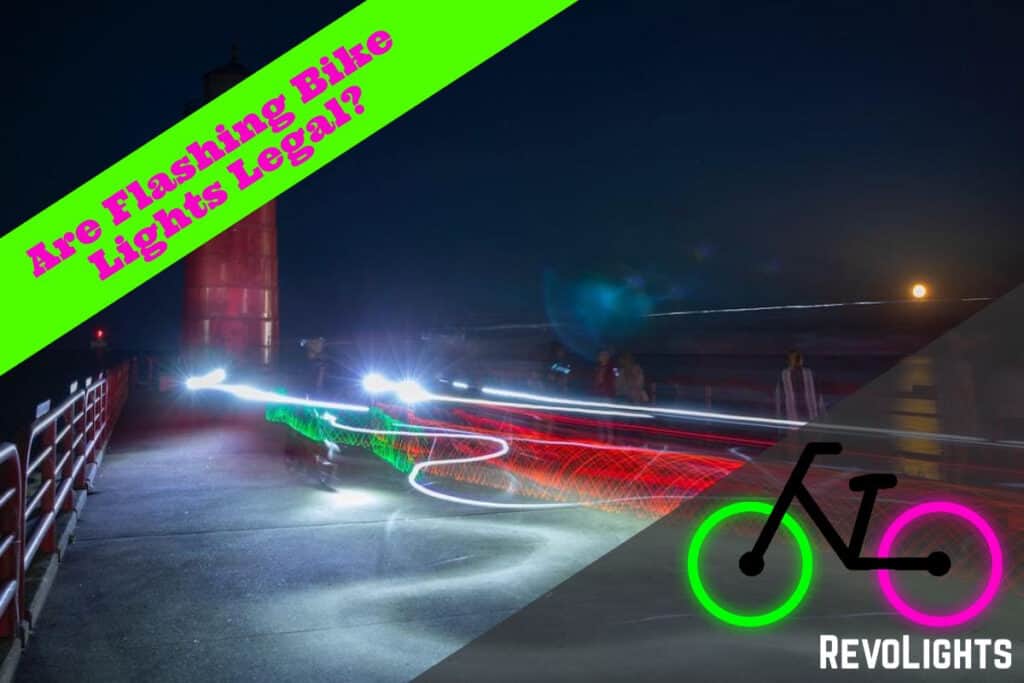If you are a bicycle enthusiast, then you probably ride your bike at night. If this is the case, then you need bike headlights. The latter is a device attached to your bike that helps you see while riding at night or in low-visibility conditions. These devices come in different shapes and sizes, but all are designed to illuminate the path in front of you; they are meant to help you see and be seen.

How Does a Bike Headlight Work?
These lights use various technologies to help you see at night. The most common types of bike lights are LED, laser, and halogen. Here are the most important things to know about each of them:
1. LED
The wide popularity of these headlights owes to their energy efficiency and ability to last up to 50,000 hours. They also have a wide range of colors and brightness levels. They are also liked because they can be seen at long distances.
2. Laser
Laser headlights emit waves that travel unimpeded through the air. This makes them ideal for cyclists who ride regularly on rough or pathless terrain. Laser headlights are also ideal for those who travel through wooded areas in which trees limit visibility.
3. Halogen lights
These lights are bright, inexpensive, and rechargeable. They work by projecting a cone of light, which is great for off-road use. Halogen bike headlights are not as good for more congested city terrain, where they can dazzle and blind oncoming road users.
No matter which of the above types of headlights you buy, you should choose one with a narrow-focus beam if you commute on streets with streetlights. If you travel in rural areas, where roads and trails are dark at night, you should go with a wide-focus beam for better peripheral vision.
You should also ensure that your headlights have sufficient lumens. The latter is a unit that measures the amount of light that actually falls on the object you want illuminated. Bicycle headlights can be up 1000 lumens. To give you a more concrete idea of how this translates into lighting power, the backlight of your smartphone is about 20 lumens, while the headlights of a car can reach 1200 lumens.
The amount of lumens you will need depends greatly on where you travel with your bicycle. If you live in a well-lit city, and do not travel outside of the city limits, then you can get away with lights that are between 100 to 200 lumens. If you commute in a dark and largely unlit rural area, then you should purchase lights that are between 500 to 1000 lumens.
What are the Different Power Sources for Bicycle Headlights?
These are your options for headlight power sources:
1. Battery and USB rechargeable lights
It is best to group these two together. They can both be attached to the handlebars or seat post of your bike. They are also available in a wide range of designs. The most important thing to look for is duration and brightness. The brightness will be measured in lumens, which are discussed above. As far as battery life, it can go all the way up to 10 hours. But you should not accept a battery life of less than 3 hours.
In general, battery and USB lights are rechargeable. This will allow you to do away with heavy and cumbersome alkaline batteries, which is better for the environment, cheaper, and more convenient. The more powerful front lights come with a wall adaptor and can take three to four hours to completely recharge. You should always plan your recharging schedule carefully. In fact, it is best to recharge your headlight batteries immediately after use. This gets the chore out of the way.
2. Dynamo lighting
This is a popular alternative to detachable rechargeable lights. It is powered by a dynamo hub that generates a current for your lights. Dynamo systems are reliable, environmentally-friendly, powerful, and difficult to steal. The brightness of such a system will depend on the type of lights you use and the amount of current generated by the specific hub you purchase. However, it should be noted that the weight of a dynamo system puts many people off. Lighter dynamos are available, but if you prize speed and ease of peddling above all else, then you may prefer a detachable lighting set.
3. Helmet lighting
A light mounted on a helmet or a head band does count as a bicycle headlight. Many people prefer this arrangement to that of a bike-based light. Most such lights are USB-rechargeable and attach to the helmet with a special mount. You should always verify that the mount is included when ordering this type of bike lighting.
And speaking of mounts, any bicycle light you order should come with a mount that can be attached to your bike. For most headlights, it will be either a plastic mount that is tightened with a thumb screw or a plastic clasp that grips the handlebars. The heavier the light, the more robust the mount supplied.
Know What You Are Getting
In most states, using headlights when riding at night is required by law. The rules go on to state that front lights must be visible from 500 feet away, and that you must have your lights on between dawn and dusk or when visibility is less than 1,000 feet. The bottom line here is that you must have headlights of some kind if you want to ride your bicycle. You should ensure that you get headlights that best suit your taste and your way of riding.
« Best Bike Headlights Without a Battery
Rechargeable vs Battery Powered Bike Lights »
As you can see from the article, there are plenty of options to choose from—in types of lighting and power source. Before you purchase any type of bike light, make sure you read the description and instructions from the manufacturer. You should also go online to review and assess the different brands. You need not pay excessive amounts of money for bike headlights, but you should ensure that whatever you buy is a quality product.




